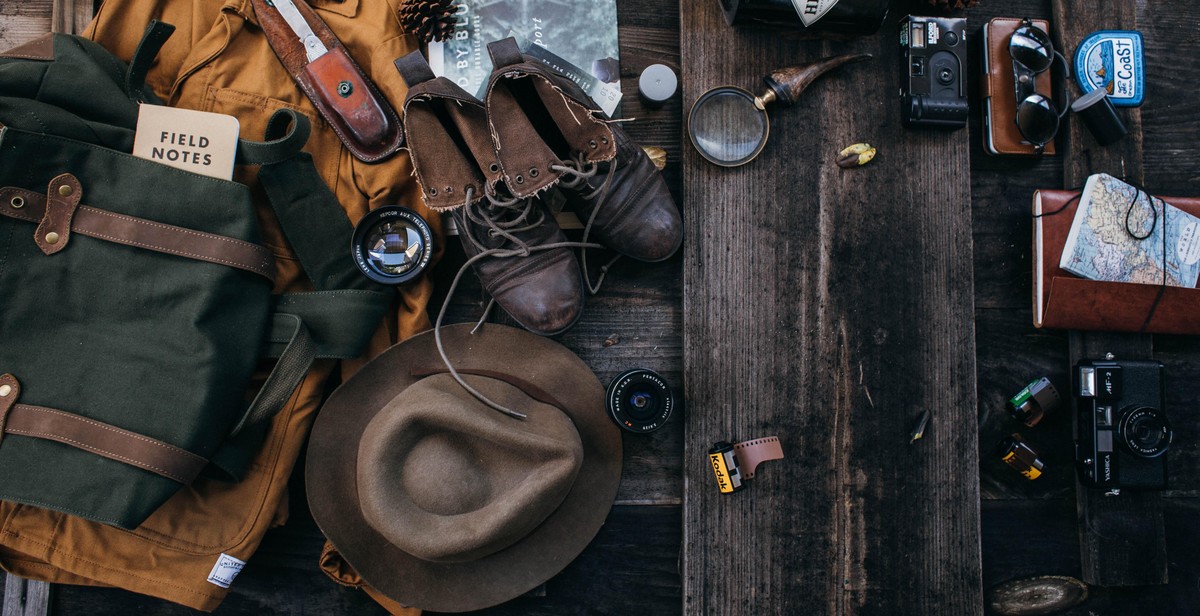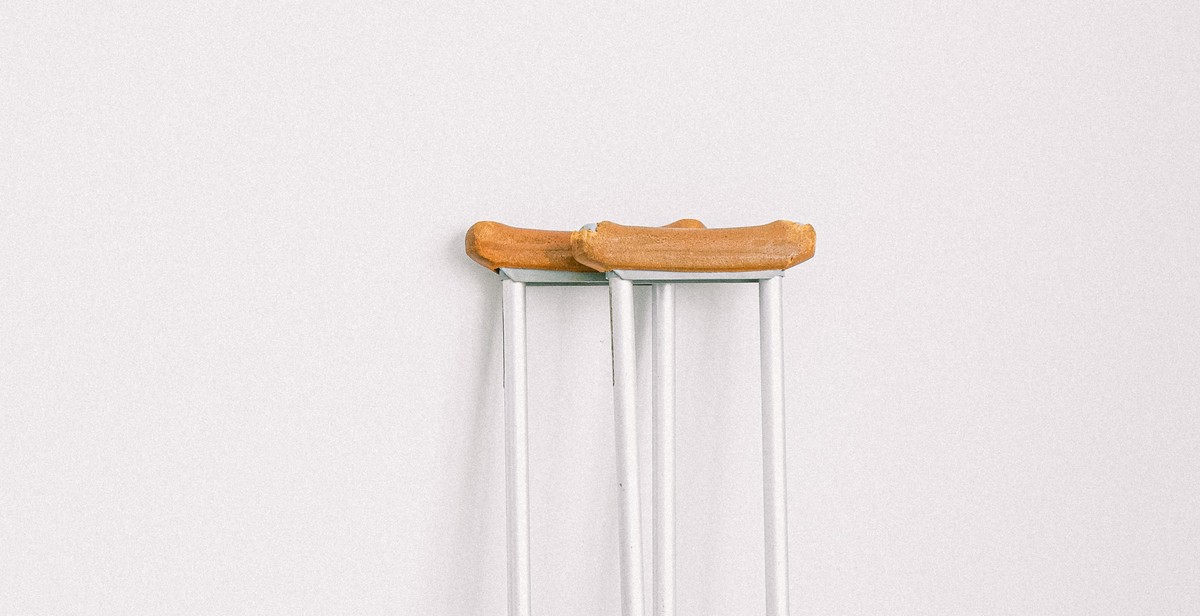Introduction: How to Build an Emergency Preparedness Kit for Home and Travel
Emergencies can happen anytime, anywhere, and without warning. Whether it’s a natural disaster, a medical emergency, or a power outage, being prepared can make all the difference. That’s why having an emergency preparedness kit is crucial for both home and travel.
Why is Emergency Preparedness Important?
Emergency preparedness is essential for several reasons. First and foremost, it can save lives. By having the necessary supplies and equipment readily available, you can respond quickly and effectively to any emergency situation. Additionally, emergency preparedness can help reduce the impact of a disaster by minimizing property damage and ensuring the safety of your family and loved ones.
Furthermore, emergency preparedness can provide peace of mind. Knowing that you have a plan in place and that you have the necessary tools and resources to handle an emergency can help you feel more secure and confident.
Whether you’re at home or on the go, having an emergency preparedness kit can make all the difference in an emergency situation. In this article, we’ll guide you through the process of building an emergency preparedness kit for both home and travel, so you’ll be ready for any situation that may arise.
Creating Your Emergency Preparedness Kit for Home
When building your emergency preparedness kit for home, it’s important to consider the types of emergencies that could occur in your area. While the items you’ll need will vary depending on your location, there are some basic essentials that every kit should include:
List of Essential Items to Include
- Water – one gallon per person per day for at least three days
- Non-perishable food – at least a three-day supply
- Flashlight
- Battery-powered or hand-crank radio (and extra batteries)
- First aid kit
- Whistle to signal for help
- Dust mask to filter contaminated air
- Plastic sheeting and duct tape to shelter in place
- Moist towelettes, garbage bags, and plastic ties for personal sanitation
- Wrench or pliers to turn off utilities
- Manual can opener for food
- Cell phone with chargers and a backup battery
Be sure to also include any necessary medications, important documents, and cash in your kit.
Additional Items to Consider
Depending on your specific needs, you may also want to consider including the following items in your kit:
- Extra clothing and blankets
- Matches or a lighter
- Fire extinguisher
- Personal hygiene items
- Copies of important documents, such as insurance policies and passports
- Cash in small denominations and coins
Where to Store Your Kit
Once you’ve gathered all of the necessary items for your emergency preparedness kit, it’s important to store them in a safe and easily accessible location. Consider keeping your kit in a waterproof container in a cool, dry place. It’s also a good idea to keep a smaller version of your kit in your car in case of emergencies while traveling.
| Location | Pros | Cons |
|---|---|---|
| Basement | Easy to access | May flood during certain emergencies |
| Attic | Out of the way | May be difficult to access during emergencies |
| Closet | Easy to access | May not be large enough to store all necessary items |
Remember to check your emergency preparedness kit regularly to make sure all items are still in good condition and up-to-date. With the right supplies and preparation, you can be ready for any emergency that comes your way.

Creating Your Emergency Preparedness Kit for Travel
When packing for a trip, it’s important to remember that emergencies can happen anywhere and at any time. That’s why it’s crucial to have an emergency preparedness kit ready to go. Here are the essential items you should include in your emergency kit for travel:
List of Essential Items to Include
- First aid kit
- Flashlight with extra batteries
- Portable phone charger and charging cable
- Emergency whistle
- Multi-tool or knife
- Water bottle with a filter or purification tablets
- Non-perishable snacks
- Map of the area
- Emergency blanket
- Cash and coins
These essential items can help you survive in case of an emergency while you are on the road. However, there are additional items you should consider packing in your emergency kit for travel:
Additional Items to Consider
- Prescription medications and copies of prescriptions
- Extra clothing and shoes appropriate for the weather and terrain
- Sunscreen and insect repellent
- Hygiene items, such as hand sanitizer and wet wipes
- Copies of important documents, such as passports and insurance cards
- Waterproof matches or a lighter
- Emergency cash in small bills
- Rescue whistle and signal mirror
- Emergency poncho or rain gear
- Waterproof container to store all items
Now that you have a list of essential and additional items to include in your emergency preparedness kit for travel, it’s important to know how to pack your kit:
Packing Your Kit
| Step | Instructions |
|---|---|
| Step 1 | Choose a waterproof and durable container to store your emergency kit. |
| Step 2 | Pack your essential items first, making sure they are easily accessible. |
| Step 3 | Add the additional items based on your needs and preferences. |
| Step 4 | Label your kit with your name and contact information. |
| Step 5 | Keep your emergency kit in a safe and easily accessible location, such as your carry-on bag or car trunk. |
By following these steps, you can ensure that you are prepared for any emergency situation while traveling. Remember to periodically check and update your emergency kit to ensure that all items are still in good condition and up-to-date.

Maintaining Your Emergency Preparedness Kit
Once you have built your emergency preparedness kit, it’s important to maintain it to ensure that it will be ready to use in case of an emergency. Here are some tips for maintaining your kit:
Checking Your Kit Regularly
It’s important to check your emergency preparedness kit regularly to make sure that all the items are in good condition and that nothing is missing. Set a reminder to check your kit at least twice a year, or more often if you live in an area with severe weather or other potential hazards.
When checking your kit, make sure that all the items are still in good condition and working order. Check the batteries in your flashlight and radio, and replace them if necessary. Inspect your first aid kit and replace any expired medications or supplies. Make sure that your food and water supplies are still fresh and have not been contaminated.
Rotating Food and Water Supplies
Food and water supplies in your emergency preparedness kit have a limited shelf life, so it’s important to rotate them regularly. This means using and replacing them before they expire. Check the expiration dates on your food and water supplies and make sure to use them before they expire.
Rotate your food and water supplies by using them during camping trips or other outdoor activities. This will ensure that you are familiar with the products and that they are still in good condition.
Replacing Expired Items
Some items in your emergency preparedness kit, such as medications, have expiration dates. It’s important to replace these items before they expire to ensure that they are effective when you need them.
Check the expiration dates on all the items in your kit, including medications, food, and water supplies. Replace any expired items immediately to ensure that you have a fully stocked and effective emergency preparedness kit.
| Tips for Maintaining Your Emergency Preparedness Kit |
|---|
| Check your kit at least twice a year |
| Replace expired items immediately |
| Rotate food and water supplies regularly |
By following these tips for maintaining your emergency preparedness kit, you can be sure that you will be prepared in case of an emergency.
Conclusion
Building an emergency preparedness kit for home and travel is crucial to ensuring your safety and survival during unexpected disasters or emergencies. By following the steps outlined in this article, you can create a comprehensive kit that meets your specific needs and requirements.
Remember to regularly check and update your kit to ensure that all items are in good condition and up-to-date. Keep your kit in a designated location that is easy to access and remember to inform your family members and loved ones about its location.
When traveling, make sure to research the potential disasters and emergencies that may occur in your destination and pack accordingly. Always carry your emergency preparedness kit with you and keep it in a secure and easily accessible location.
By taking the time to build and maintain an emergency preparedness kit, you can have peace of mind knowing that you are prepared for any unexpected situation that may arise.
| Key Takeaways: |
|
